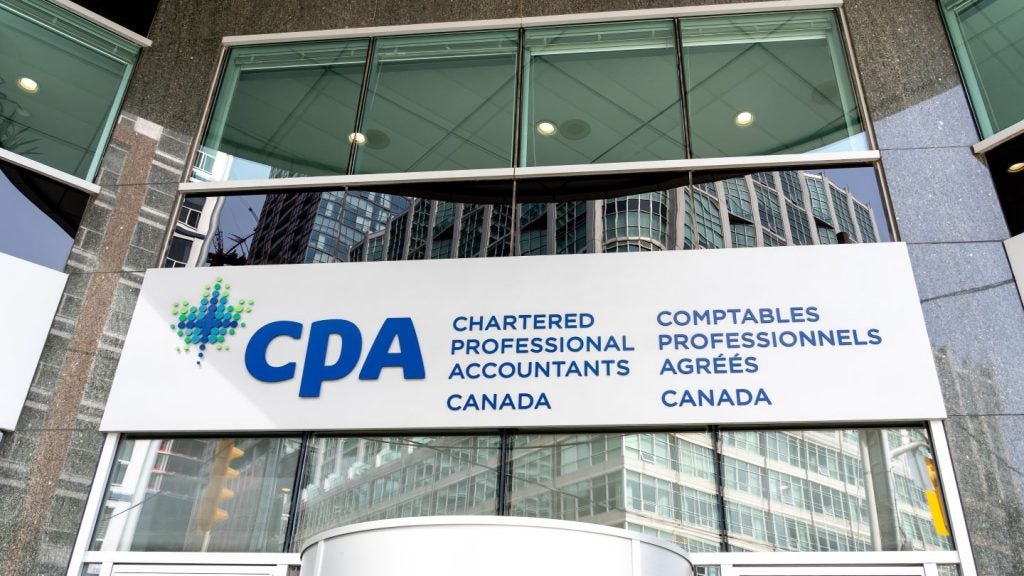
by Stephanie Coward, MD of HCM at IRIS Software Group
Preparing for Payroll Year End 2023: Essential Steps
The 19 April deadline for Payroll Year End is rapidly approaching. This is the final date when companies can submit essential information like Full Payment Submission (FPS) and Employer Payment Submission (EPS) to HMRC.
While payroll is infamously complex, there is no need to panic. To make Payroll Year End 2023 as stress-free as possible, here are five tangible steps to keep in mind.
Create a checklist
If all the responsibilities and tight deadlines for Payroll Year End are starting to feel overwhelming, take five. Write a checklist of everything that needs to be done and collated for Payroll Year End and the order it needs to be done in. Stick to this on a daily basis and make sure you update it with key learnings as you go, so when Payroll Year End comes round next year you’ll be better prepared to tackle it head on.
The critical dates for Payroll Year End 2023 are:

US Tariffs are shifting - will you react or anticipate?
Don’t let policy changes catch you off guard. Stay proactive with real-time data and expert analysis.
By GlobalData- April 5 – declare your payroll benefits
- From April 6 – start of new tax year, meaning new tax / NICs bands and thresholds are updated. Ensure all employee payroll records and payroll software are updated
- April 19 – final date to submit Full Payment Submission (FPS) and Employer Payment Submission (EPS)
- By May 31 – give all current employees a P60
- By July 6 – report employee expenses and benefits if they are not being processed through payroll
- By July 22 – pay Class 1A NIC on P11D benefits
Prep, prep, prep
To ensure Payroll Year End is as smooth as it can be, gather all the required data as soon as possible before the deadlines. This should include all payroll benefits for employees, as well as data needed to fully complete EPS and FPS. Actively chase if you need to, as you do not want the added complication of having to make corrections in the next tax year.
A key element you should prepare for ahead of time is the P11D submission. HMRC will no longer accept P11D submissions via paper forms – they must be submitted online, via software to the HMRC website.
Reconcile previous methods
Check your reports against the records on HMRC’s website to make sure they balance. If they don’t, investigate why. Ensuring everything adds up ahead of the deadline will make life so much easier and prevent the need for an Earlier Year Update or amended FPS submission.
Account for the Apprenticeship Levy
For those companies who have hit the Apprenticeship Levy threshold at any point during the year, you will have to submit an EPS. This will ensure the correct amounts are showing against your record, and avoid the complication of having to make corrections in the new tax year.
Know your submissions
Are you aware of whether you need to send an EPS, just an FPS or both? Real-time information submissions can be confusing and complex, so it is important to know which ones need to be made.
If employees are paid in the final pay period, only an FPS is required.
But you will need to submit both an EPS and FPS if employees are paid in the final period; you’ve forgotten to mark your FPS as the final submission of the year; you’ve sent the final FPS early and didn’t pay anyone for one or more full tax month; any statutory payments need recovering; or the Apprenticeship Levy is paid in the tax year. Only an EPS needs submitting if no employees are paid in the final pay period of the tax year.
If you do find yourself in the situation where you need to resubmit your Payroll Year End, don’t panic. For any incorrect payments or deductions found before the April 19 deadline, an additional FPS needs to be submitted with the correct figures. For ‘pay in this period’ enter ‘0’. For any incorrect payment dates, these must have been fixed by April 5 by sending an additional FPS. Again, for ‘pay in this period’ enter ‘0’.
For errors on EPS which are in the current tax year, an additional EPS form with the correct numbers should be submitted. If the errors are for previous tax years, you can send an additional form with the correct numbers.







